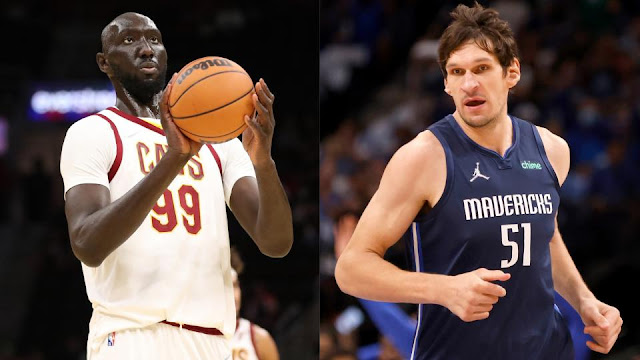Deciphering NBA Rules: How Many Fouls to Foul Out in the NBA?
Introduction
Fouls are an integral part of basketball, and understanding the rules surrounding them is essential for players, coaches, and fans. In the NBA, players need to tread carefully when it comes to personal fouls to avoid being disqualified from the game. In this SEO blog, we delve into the specific guidelines that determine how many fouls to foul out in nba and how this rule impacts the dynamics of the game.
The Personal Foul in the NBA
In the NBA, a personal foul occurs when a player makes illegal physical contact with an opponent. This includes actions such as pushing, holding, tripping, or impeding the progress of an opponent in an unfair manner. Each personal foul is recorded against the individual player, not the team.
Fouling Out: How Many Fouls?
To prevent players from excessive fouling and to maintain fair play, the NBA has set a threshold for fouling out of a game. A player will be disqualified or "foul out" if they accumulate six personal fouls during the regular NBA season. Once the player reaches this foul limit, they must immediately leave the court and cannot return to the game.
Playoff Exception
While the regular-season limit for fouling out is six personal fouls, there is a slight adjustment during the playoffs. In postseason games, players are allowed to accrue seven personal fouls before fouling out. This exception gives players a slightly larger margin for fouls, considering the higher stakes and intensity of playoff matchups.
Overtime Rule
Overtime periods add an additional layer of complexity to fouling out in the NBA. In regular-season games, each overtime period starts with the players' foul count carrying over from the end of the fourth quarter. However, players are granted one additional personal foul in each overtime period. For instance, a player who had accumulated five personal fouls during regulation would have the opportunity to commit one more foul in overtime before fouling out.
Implications of Fouling Out
Fouling out of an NBA game has significant implications for both the player and their team. When a key player fouls out, the team experiences a disadvantage, as they lose a valuable asset on the court. The coach may need to make strategic decisions, such as benching players with multiple fouls to prevent further disqualifications.
Conclusion
Understanding the rules for fouling out in the NBA is crucial for players, coaches, and fans alike. With the limit set at six personal fouls during the regular season and seven during the playoffs, players must exercise caution to avoid disqualification from the game. Overtime periods add another layer of complexity to the rule, with an additional foul granted to players in each overtime period.
Fouls are a vital aspect of basketball, and managing them effectively is a skill that can influence the outcome of the game. By adhering to these guidelines, players can stay on the court, contribute to their team's success, and exhibit fair play throughout the exhilarating and competitive world of the NBA.

Comments
Post a Comment